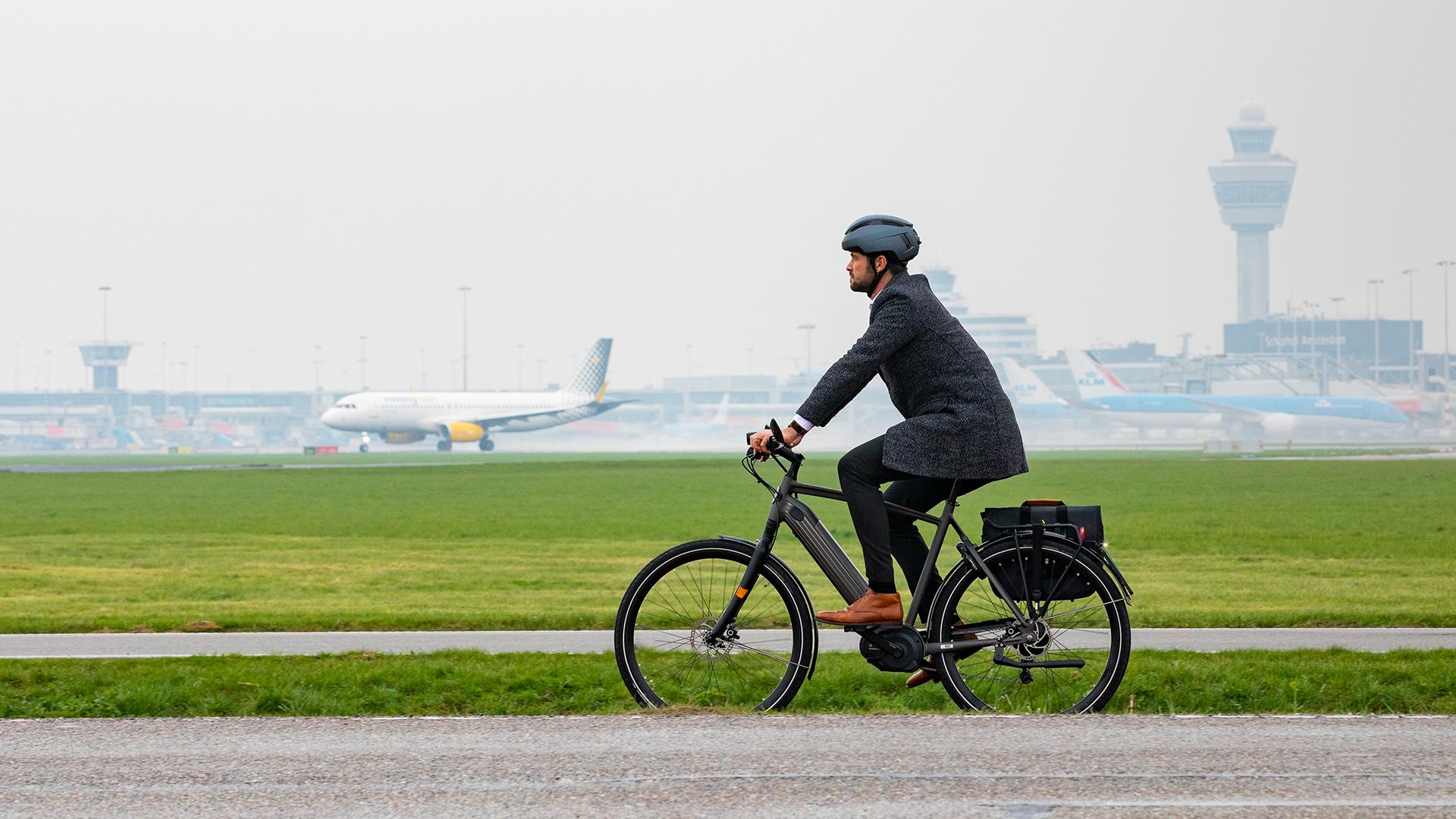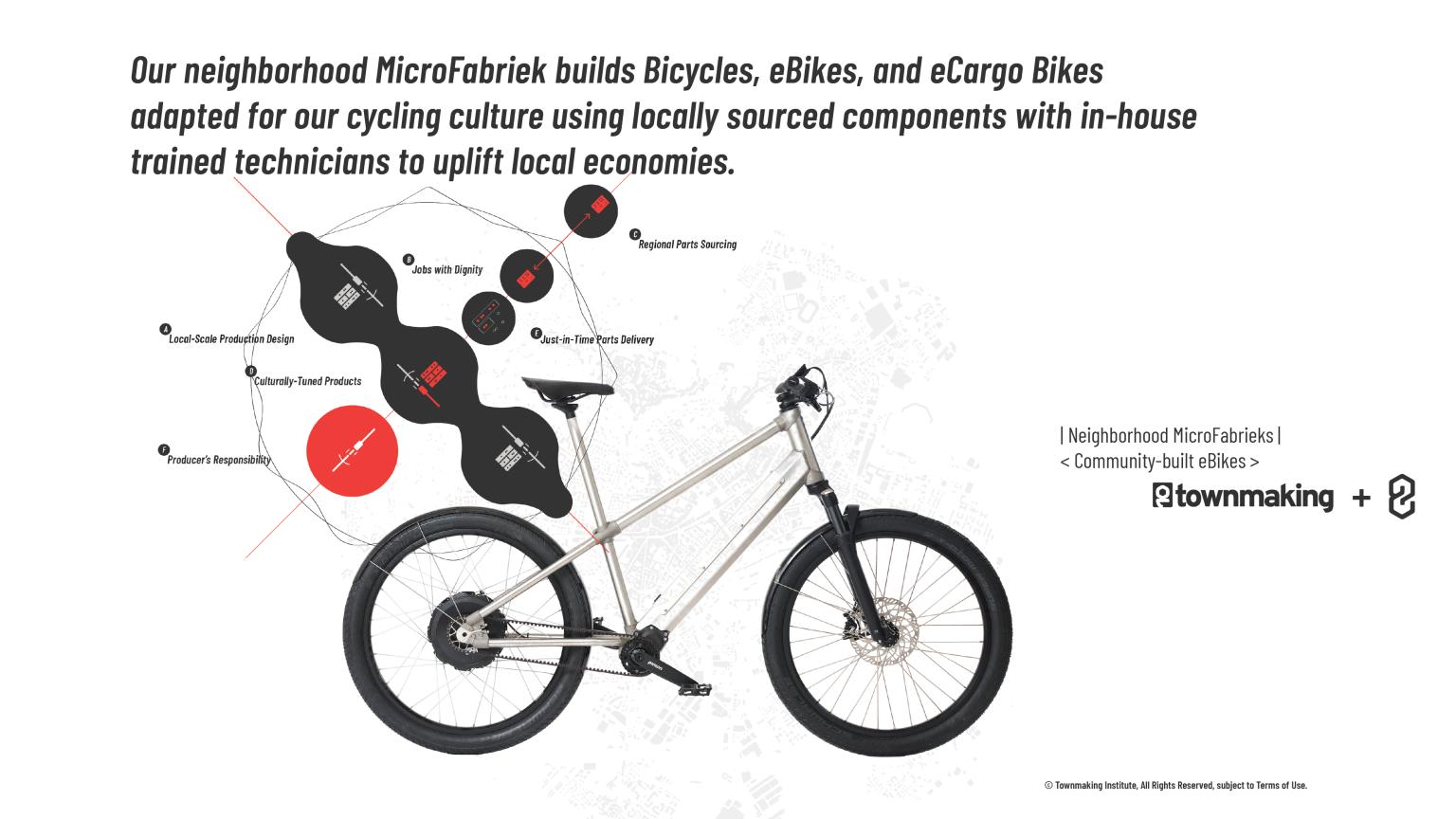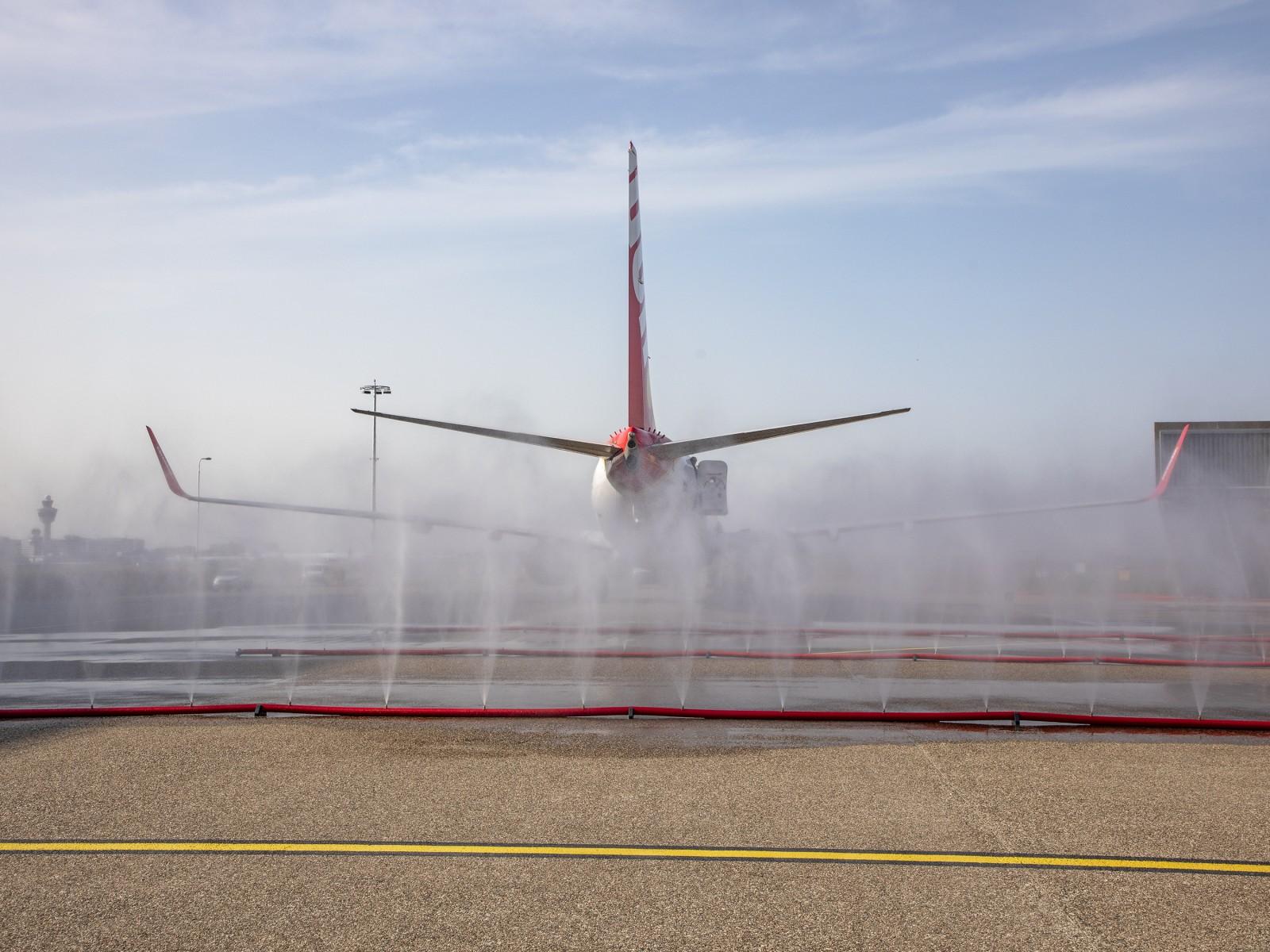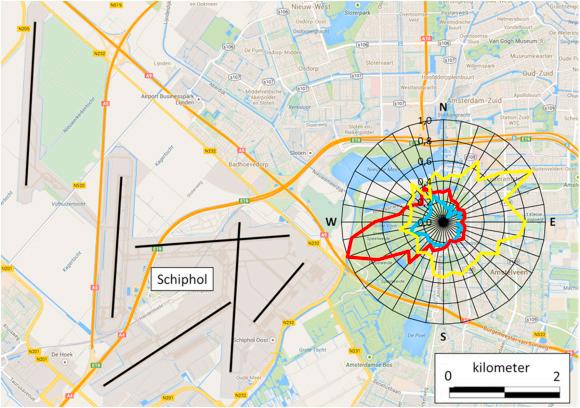
1 minute read
VALUE BASED & OUTSIDE IN CAPTURING
Particals
The relationship between technology, people and infrastructure has always been challenging. Today's smart information networks provide individuals with more autonomy and more connectivity at the same time.
Advertisement
A key question regarding the future smart city is what is to be governed by technology (infrastructure), and how?
For example, a digital infrastructure that's aware of your route and talks directly to the e-bicycle motor to slow down your speed in crowded areas. This kind of new interactive digital technology has been successfully trialled on a stretch of bike lanes at Schiphol.

Working conditions at Schiphol are also an important point of attention. In addition to the working environments at an airport, the air quality is also a major concern. Schiphol is dependent on hi-tech innovations from aircraft manufacturers and/or biotech advancements in new fuels.

Schiphol wants to do everything possible to contribute to reducing negative impacts – today, not tomorrow! Sometimes, after the problem has been recognised and understood, a low-tech solution can offer a shortcut – for example, Schiphol's use of water curtains to prevent harmful particles from spreading in the open air.











